Coastal Spit, Lake Erie
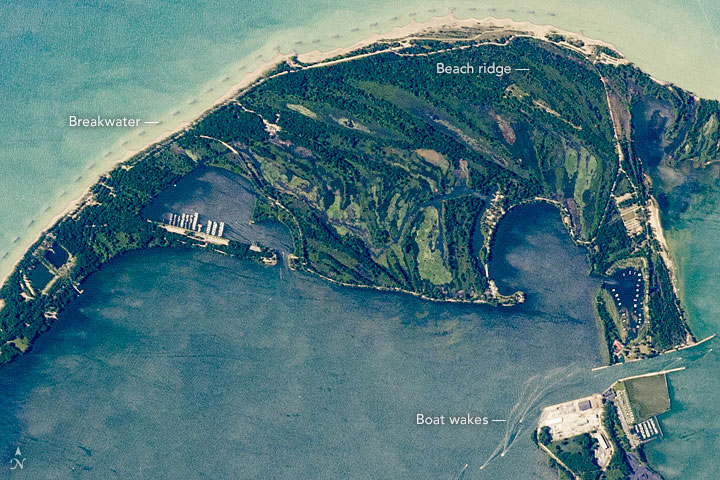
Sediment has piled up to build this sand spit over thousands of years. Now covered with vegetation, Presque Isle State Park includes dozens of beach ridges—with each line representing a coastline from the past.
Living Shorelines

“Living Shoreline Techniques in the Marine District of New York, ” a document produced by the New York State Department of Environmental Conservation, lays out an approach to the coast that the U.S. Army Corps of Engineers should heed. It “emphasizes natural and nature-based solution to erosion control that will protect New Yorkers and the environment.”
Bahamas sand to fill in Florida beaches? Congress gave OK for study but no funding
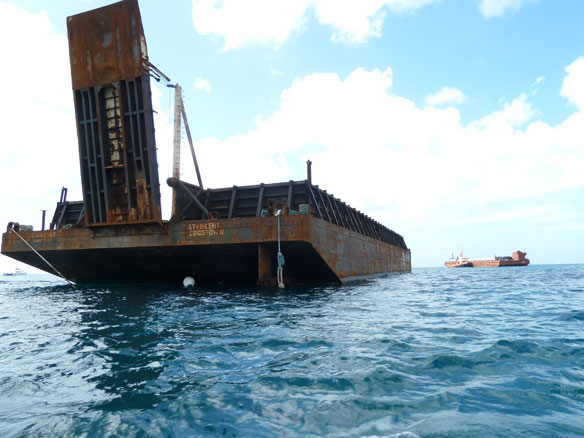
The 2016 Water Resources Development Act authorized the Army Corps of Engineers to study using foreign sand, such as from the Bahamas, to widen shorelines without resorting to expensive and inefficient truck hauls from inland mines. A year later the study remains unfunded in the agency’s budget.
Marine turtles dying after becoming entangled in plastic rubbish

Hundreds of marine turtles die every year after becoming entangled in rubbish in the oceans and on beaches, including plastic ‘six pack’ holders and discarded fishing gear.
MRSA risk at northeast Ohio beaches

A study conducted in 2015 shows a higher-than-expected prevalence of Staphylococcus aureus and methicillin-resistant Staphylococcus aureus (MRSA) at beaches around Lake Erie.
‘Sand mattress’ technology to combat Mother Nature at Kuhio Beach
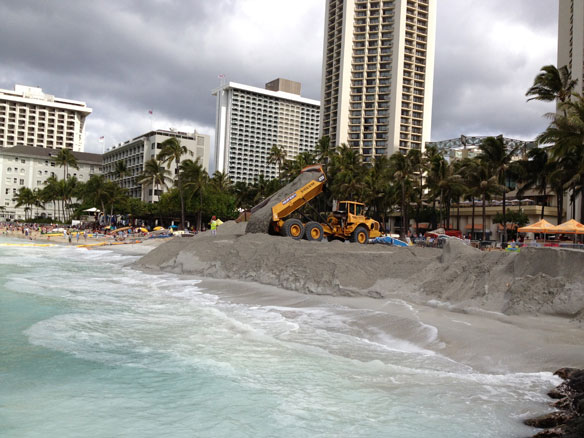
Erosion in Waikiki has been a long-time concern and the City and County of Honolulu is once again looking for solutions to combat the problem.
An American beach story: when property rights clash with the rising sea
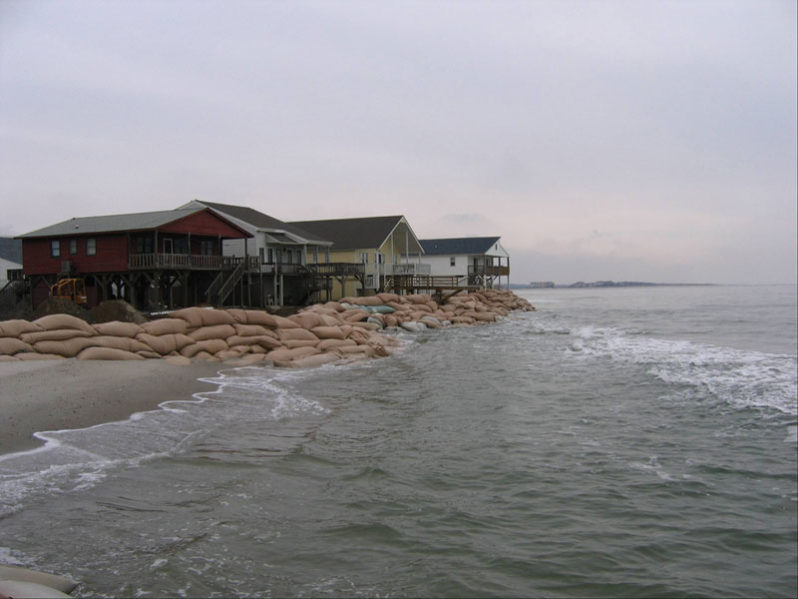
Rising sea levels driven by climate change are forcing communities like Humarock to confront a troubling future. The global water line has risen by about 8 inches on average since 1900, and it’s expected to rise about that much or more by 2050.
Sand in the gears of climate change
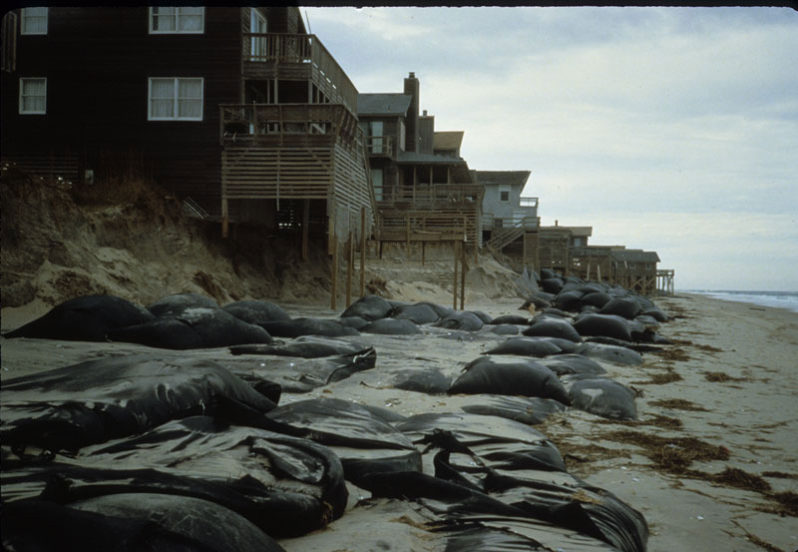
For decades it’s been well understood that soft-sand beaches move — and that hard structures like concrete sea walls and stone jetties can in fact accelerate erosion. With climate change — rising sea levels and more frequent violent storms — the inevitable beach erosion and migration has only increased.
The sands of time

Human intervention to control beach depth is often futile. Repeated studies have found that sand pumped onto beaches in order to protect coastal property may be washed out by a storm or two. These beaches commonly lose all the new sand in five years or so.
